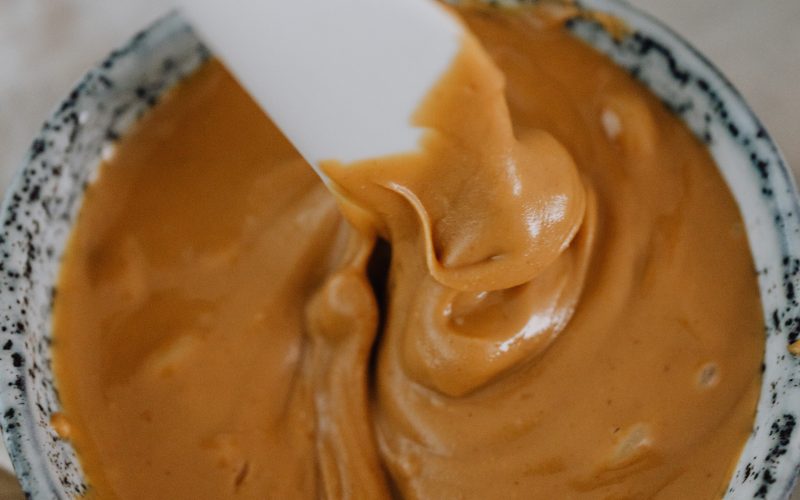Peanut butter is a staple in many households, loved for its creamy texture and nutty flavor. It’s hard to imagine a world without peanut butter, but this beloved spread has a surprisingly humble beginning.
Peanuts were first cultivated by the Incas in South America over 3,000 years ago. They were brought to the United States in the 1700s by African slaves, who used them as a cheap and easily accessible source of protein. However, it wasn’t until the late 1800s that peanut butter as we know it was invented.
The credit for inventing peanut butter goes to Dr. John Harvey Kellogg, who is better known for his work on breakfast cereals. In 1895, Kellogg was working at his sanitarium in Battle Creek, Michigan, when he created a paste made from roasted peanuts. This paste was intended to be a nutritious and easy-to-digest food for patients who had trouble chewing and digesting solid foods.
Around the same time, another inventor named Dr. Ambrose Straub had also been working on a similar paste made from peanuts. Unlike Kellogg, Straub intended his creation to be a commercial product. He patented his recipe in 1903 and began selling peanut butter under the name “Krema” a year later.
However, it was a man named George Washington Carver who really put peanut butter on the map. Carver, a prominent African American scientist, was hired by the Tuskegee Institute in Alabama in 1896 to help improve the lives of southern farmers by promoting crop rotation and other farming techniques. Carver was a big believer in the potential of the peanut as a cash crop, and he spent much of his career researching and promoting the many uses of peanuts.
One of Carver’s most famous creations was a recipe book called “How to Grow the Peanut and 105 Ways of Preparing it for Human Consumption.” The book included recipes for everything from peanut soup to peanut candy, but it was the recipe for peanut butter that really caught people’s attention.
Soon after Carver’s recipe book was published, peanut butter started to become a popular food in the United States. In 1922, Joseph Rosefield, a California-based businessman, patented a new process for making peanut butter that prevented the oil from separating from the peanut solids. This innovation made peanut butter smoother and easier to spread, and it quickly became the standard for commercial peanut butter.
Today, peanut butter is a beloved food in the United States and many other countries around the world. It’s a versatile ingredient that can be used in sweet and savory dishes, from peanut butter and jelly sandwiches to satay sauce. It’s also a good source of protein, healthy fats, and other essential nutrients.
But peanut butter isn’t without its controversies. In recent years, concerns have been raised about the environmental impact of growing peanuts, as well as the potential for allergic reactions. Some people have also criticized the high sugar and salt content of many commercial peanut butter products.
Despite these concerns, there’s no denying the enduring popularity of peanut butter. It’s a food that has come a long way from its humble beginnings as a nutritious paste for hospital patients. Whether you prefer smooth or crunchy, sweet or savory, peanut butter is a delicious and versatile food that has earned its place in our hearts and pantries.












